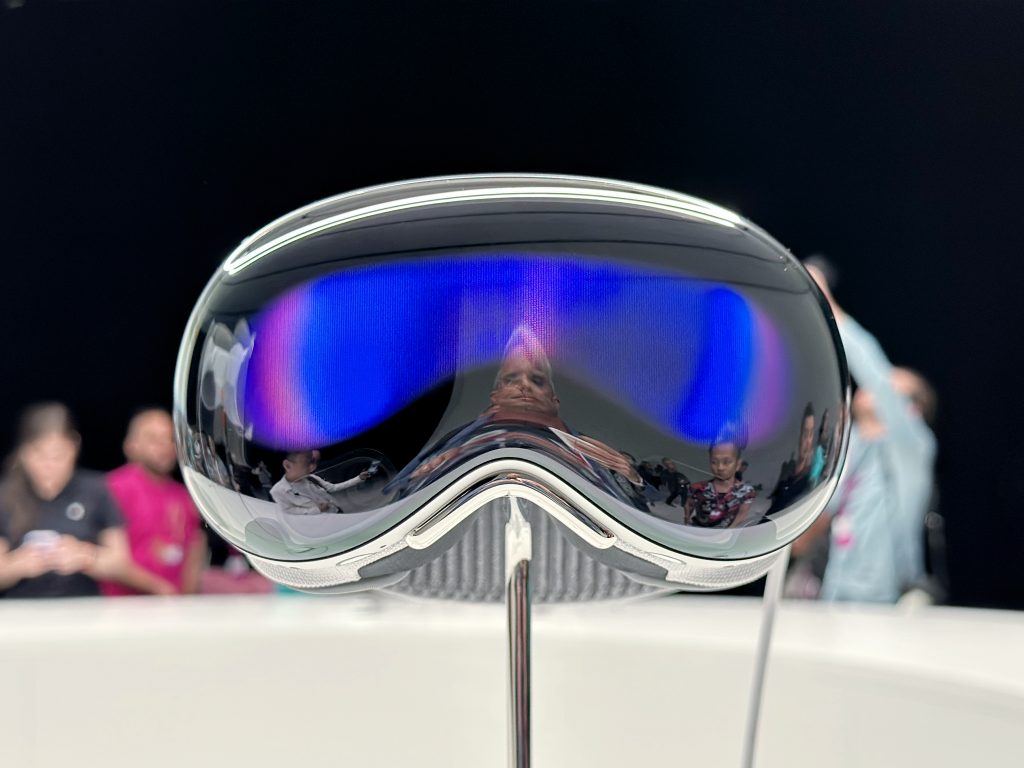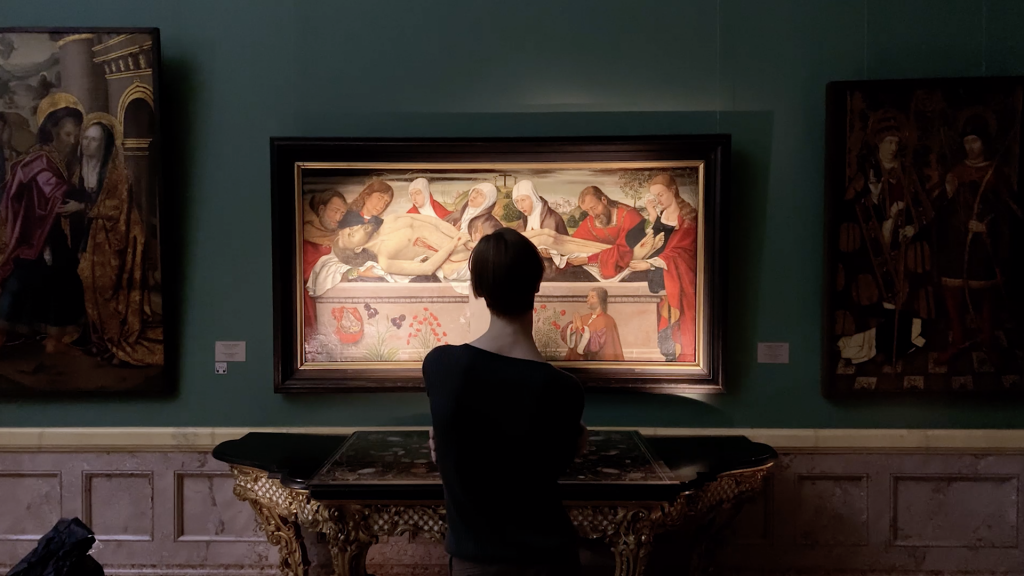Testing the iPhone 11 Pro with Snowboarder Mark McMorris
The athlete puts the new phone’s camera to the test on the slopes in New Zealand

In the iPhone’s 12-year history, few updates have completely changed its intention or overall appearance. But,with the iPhone 11 Pro (and Max), Apple introduces a first-ever, the triple-camera system—consisting of “mega wide,” (13mm) “wide,” (26mm) and “telephoto” (52mm) lenses. They claim it “combines cutting-edge technology and the legendary simplicity of the iPhone.” Immediately, it’s instinctive to wonder how portraits, landscapes, actions shots, or pet or food photos will come out. What’s evidently clear is how this new iPhone is capable of producing camera-quality photos and videos—and storing and playing them back with lightning speed.
Perfectly suited to test out the limits of the iPhone 11 Pro are documentarian (and manager) Adam Burwell and snowboarder Mark McMorris. They shoot video across the world, bouncing from one snow-covered locale to the next—usually with plenty of video gear in tow.
 Image courtesy of Apple
Image courtesy of Apple
“I was definitely lucky enough to grow up in a time that we could film not necessarily just on phones, but also by having friends that were into filming,” McMorris tells us. “Adam is now more my day-to-day manager, but when we were younger he would basically be on the road with me all the time, capturing content. I learned a lot about the importance of it and how to do it right through him. And obviously, with my success, we’ve been able to take it to a whole new level. But now it’s funny how we’re circling back to smaller devices, and it gets easier to capture really quality stuff on a small device.”

Equipped with a new iPhone, Burwell and McMorris recorded their recent adventures in New Zealand. McMorris admits that he’ll sometimes conceptualize the shot he wants even before strapping onto his board—and that’s just one way that technology permeates (and perhaps even alters) sports.
“There’s not a ton of times when I’m riding nowadays where there isn’t some sort of recording device, believe it or not. It definitely helps me go a little bit harder in the paint, if you will, when the red lights on. Nowadays, it gets turned over so quick, so you always want to be putting out quality shit. It’s also not like you’re shooting 16 mil or whatever. So you can have as many tries and you can start early and you don’t need to have it perfect to start recording. We film as much as we can, really. It’s just imagining shots and making them come to life.”

McMorris will also use this footage to analyze his rides—perhaps figure out why he wasn’t quite landing a trick, to see how he could better place himself for takeoff—and to grow his following on Instagram. But as his popularity grows, so does the demand for high-quality clips of his high-flying rides. Thus, he relies on his new iPhone more and more.

“Obviously, our most immediate reaction was [with] the wide angle and how much you could have be in scene being so close,” he says. “Secondly, how we were doing a lot of follow cam, jumping with the rider, and a lot of times if you kind of have a sketchy jump behind the guy, and maybe are like waving your arms and whatnot, the shot’s completely botched. But we were just so amazed that the shot is completely usable. The stabilizer on the camera is second to none. It’s unreal.”

For Burwell, being on the opposite end of the camera affords an entirely different perspective on how this new technology is impacting the sport. “The biggest thing with the phones, and being able to shoot this crazy quality video is there’s no wait time,” he says. “If Mark wants to go ride, we don’t have to set up—we just pull the phone out of our pocket and go. That is a huge advantage. Because when we get into a scenario where we’ve got to set up, it’s detrimental to Mark’s training. We never have to sacrifice riding or training to get good quality video anymore. We literally just have to pull out the phone and go.”
And for those on the other side, watching that video is just as easy—especially on the ultra-fast iPhone. Many of McMorris’ rides are posted very near real-time and he hopes that also contributes to people’s enthusiasm for the sport—especially teenagers and kids. And he wants to make sure, as he feels he’s been given this platform to give back, that he sees some younger people through their first jumps. “[The McMorris Foundation] is about helping underprivileged youth find their passion through sports,” he says. “We’re just trying to help in any way we can—if it’s travel costs, equipment, registration fees. My brother and I were super lucky to have pretty much every opportunity to play a sport of our choice, and we played all of them growing up. It taught us about a lot, and we just want all the kids to have that same opportunity.”
Hero image courtesy of Mark McMorris












